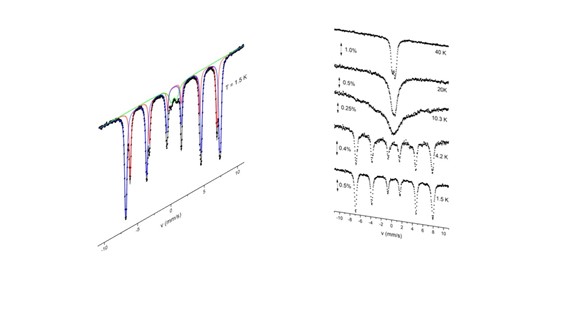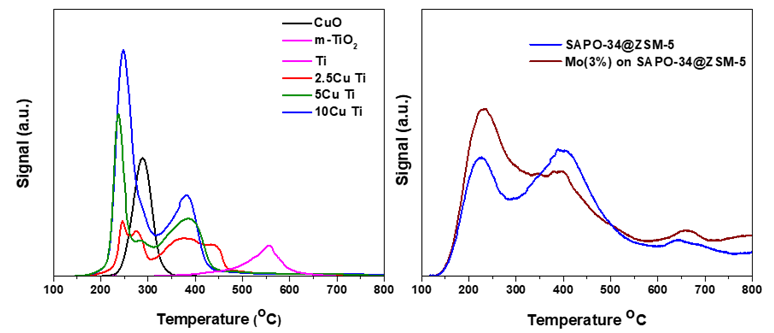Mossbauer spectroscopy
Electronic & Chemical & Magnetic Characterization (Chemical analysis)
Mössbauer spectroscopy is a nuclear technique that is used for the characterization and exploration of the electronic and magnetic properties of materials containing specific isotopes such as 57Fe. These materials include alloys and oxides, magnetic nanoparticles for magnetic storage, and biomedical applications, synthetic and naturally occurring minerals and ores, and iron containing biological systems. This technique can be used also for iron containing thin films.
The information that may be obtained relates to the oxidation, electronic states, the local environment of the relevant isotope, and the magnetic properties of the materials under study. Temperature dependent Mössbauer spectroscopy can be used in order to monitor structural, magnetic and spin crossover transitions and magnetic relaxation effects. Mössbauer spectroscopy can be carried out in transmission mode where the entire sample is characterized, or by detecting conversion electrons which allows surfaces to be probed to a depth of 200nm.

Instruments datasheets




